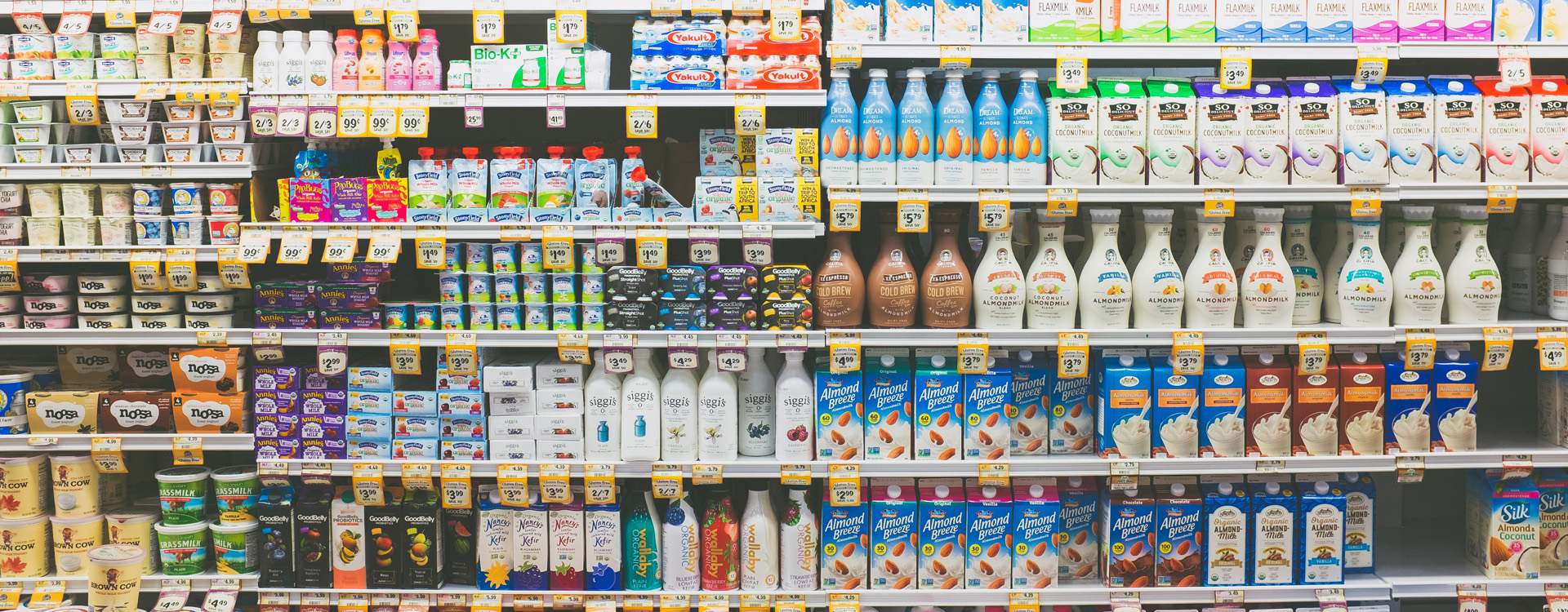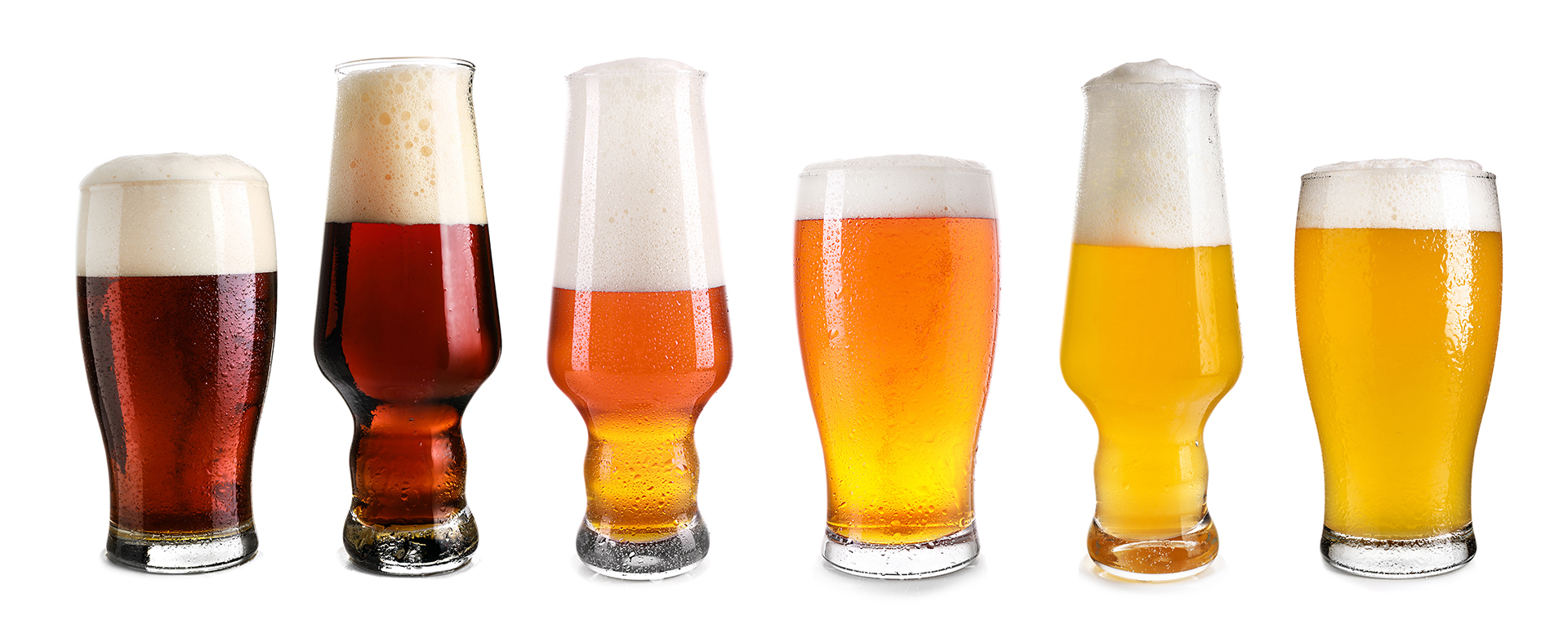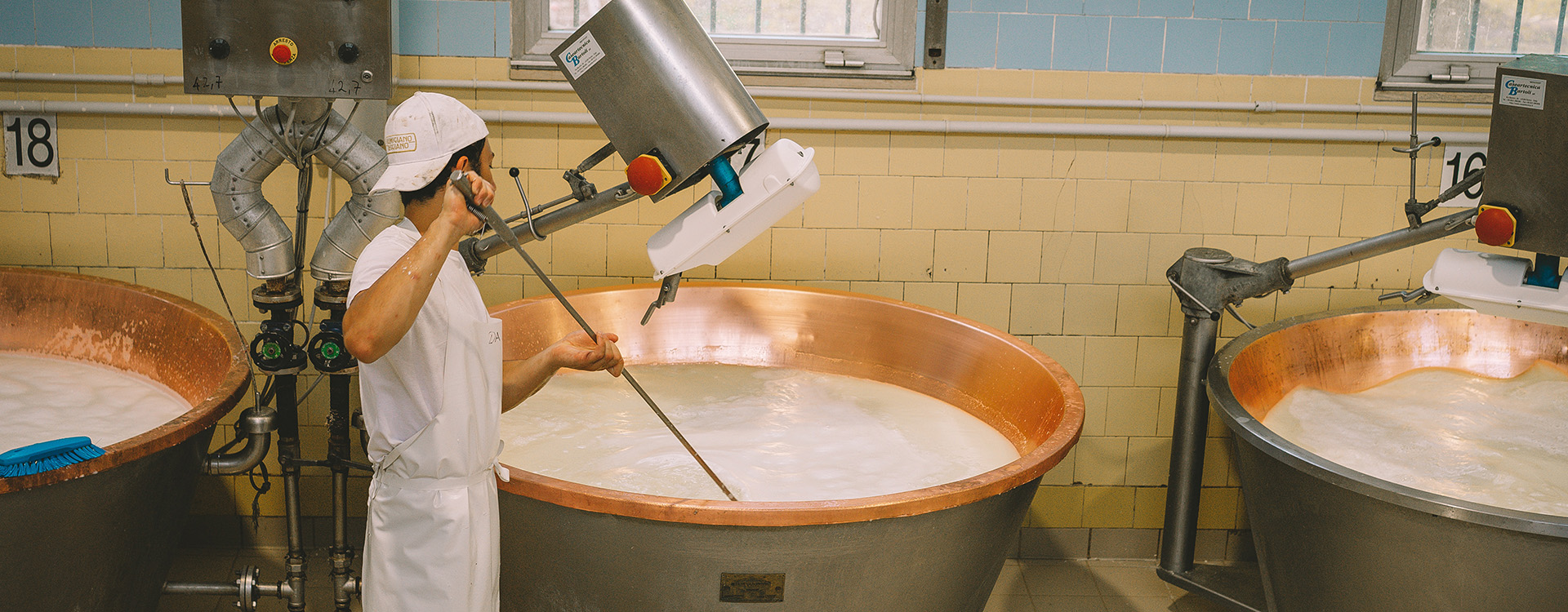Extracting valuable compounds from food and beverage residuals
The cost of food waste is a weighty environmental and business concern. As such, many consumer packaged goods companies (CPGs) are experimenting with new ways to prioritize and maximize their sustainability initiatives from perishables to packaging.
Food production often yields high moisture by-products, many full of compounds ready to be extracted for other uses. While potentially lucrative, each of the liquid leftovers also demands precise handling. For example, beer is frothy, cheese is gooey and ice cream is viscous.
What happens to that sludgy, slimy stuff once it leaves a facility? Whether it goes by drain, train or automobile/over-the-road truck, what you don’t know can hurt you, your brand and your bottom line. Let’s take a look at a few ways we can extract valuable compounds from liquid food and beverage residuals.
Liquid Capture Strategies: Ditch the Drain
Proper liquid food waste disposal is important. Down the drain is very rarely the best solution; it certainly isn’t a profitable one. Nonetheless, massive amounts of high-strength waste from food processors still hit industrial and municipal drains today, often with a hefty surcharge.
However, there are alternatives that can reduce a company’s BOD surcharges with sustainable and profitable solutions. One of these alternative market solutions is liquid by-product feeds. This livestock feeding method is gaining popularity for several reasons:
- Steep increase in food by-product availability
- Relatively low cost feed for farmers
- Overall health advantages for animals
- Environmental impacts
Through science, research, relationships and market development, Green Field Solutions is able to identify a number of liquid food by-products that are well suited for use in liquid feeding systems.
Solving Food Waste: Factory to Retail
One of the most bedeviling food waste problems today is related to unsold packaged retail goods and ready-to-eat products. While some products may get discounted or donated, too much still ends up exiting the food chain altogether. As we address the complexities and cost of de-packaging these products, we are able to redefine food-related recycling and reuse.
Take for example, a factory that makes products like cheese and soup. About two-to-four percent of the raw materials that go into those products wind up as a by-product. That’s one opportunity.
Additionally, those products end up individually wrapped and canned for consumers. En route and on store shelves, those consumer goods might get damaged or maybe won’t sell at all. That’s another opportunity.
Buried deep within the truckloads of messy, mixed food stuffs are milk-jug-sized diamonds and aluminum-can-shaped gold, ready to be panned for and repurposed. It’s through comprehensive food waste management programs, cutting-edge separation technology and specialized food waste equipment that these waste streams can be divided into value-add streams at factories and stores.
GFS depackaging articles:
Liquid Co-product Case Studies
Whatever form your liquid waste problem takes — liquid residuals, syrup, liquor, distillents — Green Field Solutions optimizes the upcycling potential of these products. Let’s take a look at how GFS clients turn their high liquid content leftovers to account.
Case Study: Beverage By-products
Brewer’s yeast has been a staple in industrial beer production since the late 18th century. The single-celled organism converts sugars into alcohol during fermentation. Brewer’s spent yeast is a prevalent by-product of this process, consisting of yeast that is no longer useful. This discarded by-product has been feeding livestock since the early 1900s. Today, however, around 60 percent of spent brewers yeast makes its way to a more profitable industry — pet food — where it serves double duty as palatants and protein sources.
The journey from fermentation tanks to food bowl is interesting.
- Transportation — As the yeast warms up, it also wakes up and begins to feed and foam. Special measures keep the little guys from overindulging on their way to specialized facilities.
- Distillation — GFS processes thousands of truckloads of spent brewers yeast every year, putting it through a stringent distillation process to remove alcohol and kill yeast.
- Application — The dried yeast is sold as high-quality ingredients in cat and dog food, while the alcohol is extracted as a high-proof ethanol and renewable fuel source.
While beer may be the sexiest of repurposed beverage by-products, other drinkables like milk, soft drinks, hot cocoa, and energy drinks also have a lot of potential. And it’s a good thing, because there is a lot of it. Factories make gobs of these drinks every day, resulting in gobs of of liquid food waste. A big part of what we do at Green Field Solutions is taking 100 percent of that liquid food by-product, 24/7, 365 days a year.
GFS beverage articles:
Case Study: Dairy Residuals
Whey permeate is a liquid by-product of the water-intense process of making cheese. For years, billions of pounds of the stuff was unsustainably being land spread. Now, the nutrient-rich by-product is a key part of the dairy industry’s sustainability story.
- Challenge — Liquid whey permeate is more than 90 percent water, making it notoriously expensive to transport and process for other uses.
- Solution — Animal nutrition research, smart capital investments and GFS’s unique ability to create new commercial markets worldwide transformed a waste stream into a revenue stream.
- Result — Nationwide, this raw material is being processed for use in animal feed, improving our global food source and reducing the industry’s carbon footprint.
Green Field Solutions and its sister company, International Ingredient Corporation, continue to innovate ways to help the dairy industry be more sustainable. We are proud of the role we play in food-waste recovery, from creating global markets for cheese by-products to developing de-packaging methods for near expired milk on store shelves to investing in game-changing solutions for ice cream waste.
GFS dairy articles:
- Innovating a New Product for Dairy Residuals
- A Second Life for Scrap Cheese
- Game Changing Solution for Ice Cream Waste
Case Study: Potato waste
One of the most popular, productive crops in the world is the potato. We recognize it as a traditional side dish on U.S. dinner tables; however, the tuber is a staple food source for many people around the world.
Although it is one of the most consumed foods, around half of a potato’s raw material ends up as waste material — pulp, peels and liquid by-products. Nevertheless, the potential for value-added products made from potato’s high moisture leftovers are endless.
Green Field Solutions works with one of the top selling makers of refrigerated dinner sides, sustainably managing their moisture-heavy potato production by-products.
Sustainability Wins the Race
Ultimately, the world’s food manufacturers need better ways to manage their massive amounts of food by-products. Also, pet and livestock feed makers need affordable, reliable feedstocks. From industrial food manufacturers to animal feed producers, the agri-business industry is taking more and more steps to be more sustainable.
“We are seeing pet food makers taking into account a vendor’s sustainability goals as they buy ingredients,” said Jennifer Luchte, Sustainability Director at Green Field Solutions. “This shift in procurement decisions, shows the commercial need for sustainability programs and policies across the supply chain.”
Worldwide, CPG companies have to tackle some really thorny food waste management problems. Green Field Solutions is here to help.





